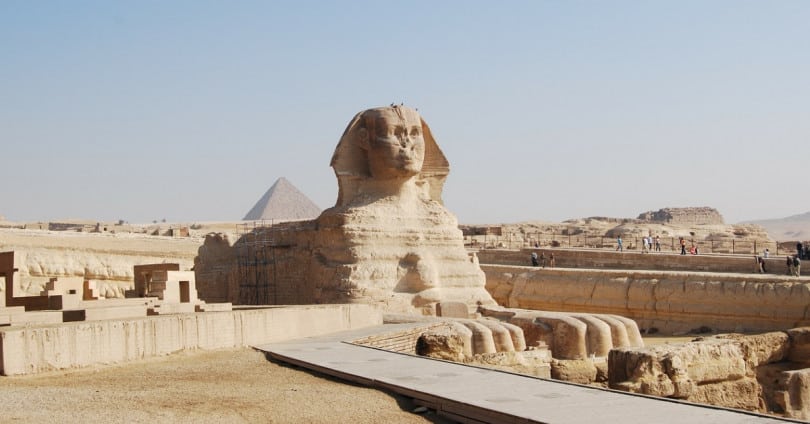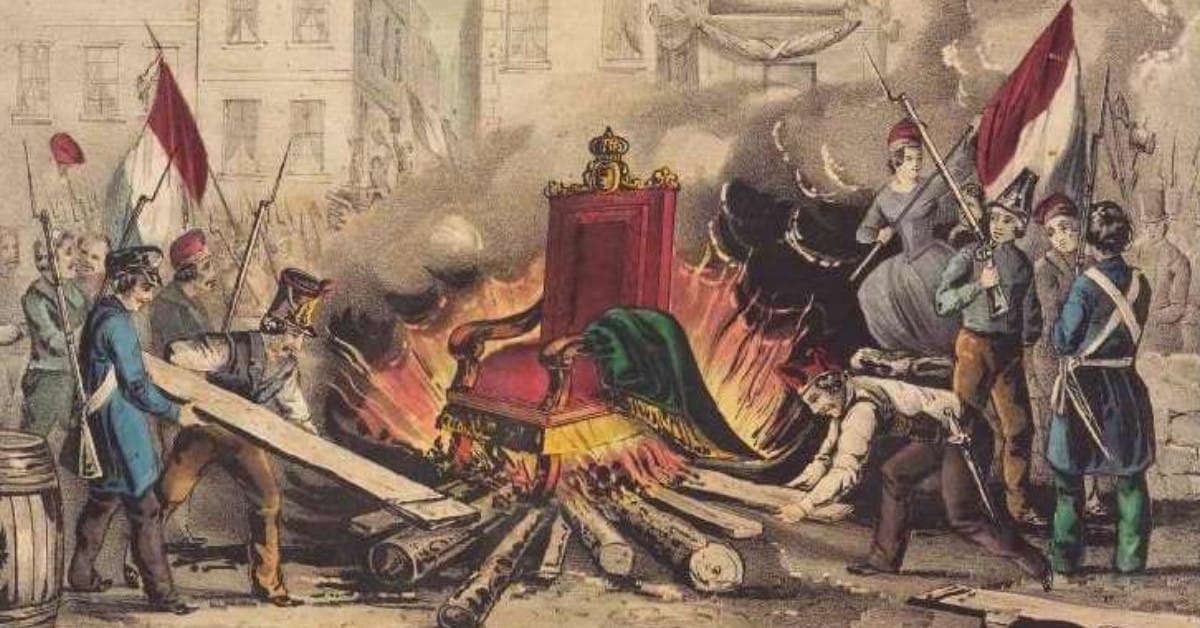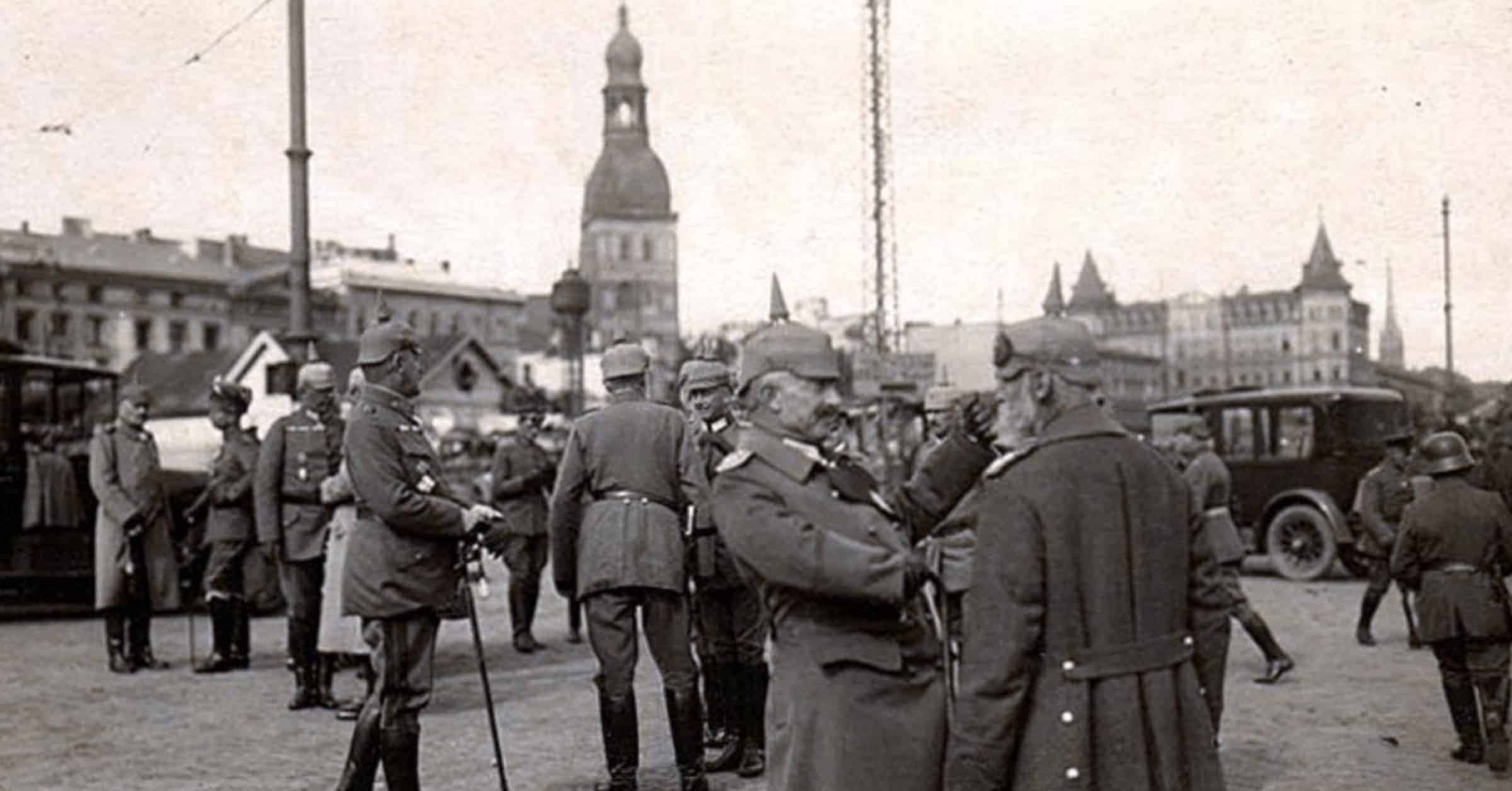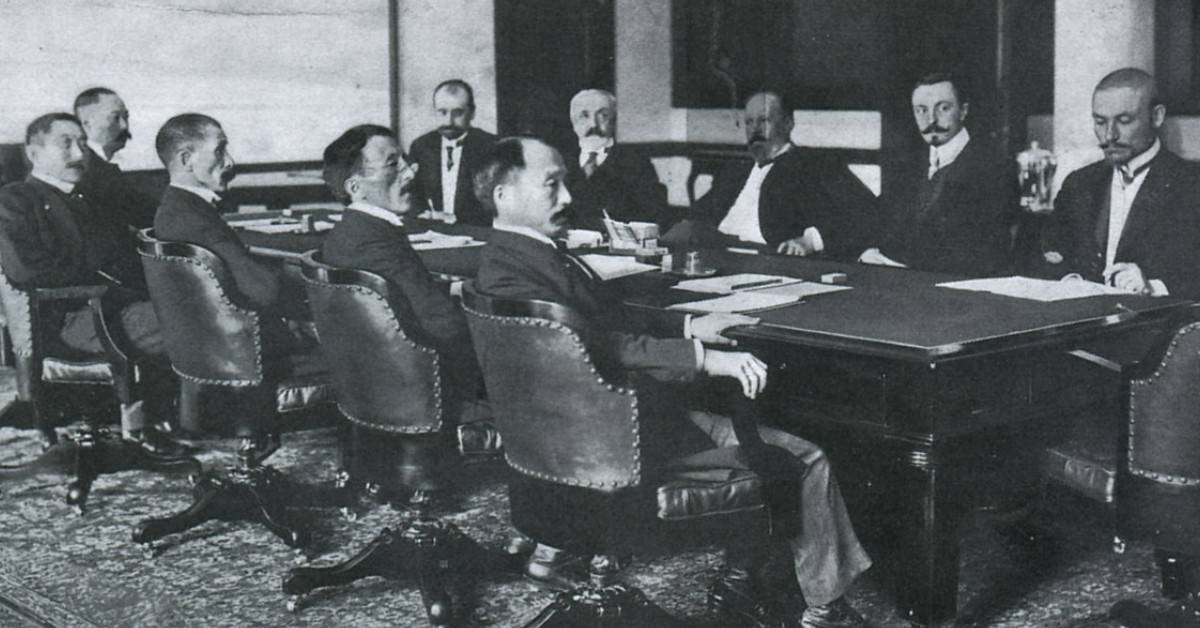Who was Khafre?
Khafre, also known as Chefren(Hafra) –was the fourth pharaoh of Egypt of the IV dynasty who ruled around 2558 – 2532. BC e. Chefren was the son of the pharaoh Cheops (Khufu) from the wife of Meritites I, which gives grounds for inscriptions that show how he respects her memory, but there are also suggestions that Khafra is the son of Cheops from his wife Henutsen. By age, among the sons of Cheops, Chefren followed Jedefra. Hafra – the ancient Egy
ptian sound of the name, at present, the Greek reading of the name is better known – Khefren. The approximate meaning of the name: “Being (the embodiment of) Ra.” However, the grammar of the ancient Egyptian language had a special sequence of signs if the name of the pharaoh contained the symbol of the god Ra, which was to be read before all other symbols of the name of the pharaoh. In this case, the following reading of the name of Khafra – “Ra-incarnating” will be correct. The veneration of Hafra as a god lasted until the period of the Late Kingdom.
King Khafre Wives and Children
Chefren had several wives. The two main wives of Chefren were Queen Merisanh III, whose mastaba is located in Giza, and Queen Hamerérnebti I, who was supposedly the daughter of Pharaoh Cheops, the half-sister of Chefren, the main queen and mother of their son and heir, Menkaura (Mycerin). Queen Merisanh III was the daughter of Kawab and Hetepheres II and, thus, the niece of Hafra.
She was the mother of his sons: Nebemakhet, Duaenra, Niuserra, and Henterka, as well as a daughter named Shepsetko. Also known are the wives of Chefren Hekenujed, whose name is mentioned in the grave of her son Sehemkar, and Present, who was the mother of Nikaura. Other children of Khafra are also known: the sons of Ankhmar, Ahra, Iunmin, and Iunra, as well as two daughters named Rehetr and Hemetr, whose mothers are not identified.
PHARAOH KHAFRE’S GREAT SPHINX AND URT-KHAFRA (The Second Largest Pyramid in Giza)
Chefren is the builder of the second-largest pyramid in Giza. His pyramid, having a base size of 215.3 x 215.3 m and a height of 143.5 m, is called Urt-Khafra (“Revered Khafra”). The construction of the Chefren pyramid on a higher hill and its steeper slope made it a worthy competitor to the Great Pyramid of Giza, despite its smaller size relative to the Khufu pyramid.
Chefren is credited with the construction of the Great Sphinx, which remains to this day the largest statue in the world. Some Egyptologists believe that Hafra ordered to give the face of the Sphinx its features, but this is very controversial since there is no direct evidence of this.
However, lately, there has been evidence that the Great Sphinx was erected by the pharaoh Gedefra, in memory of Khufu’s father. Hafra wanted to perpetuate the cult of the god of the Great Sphinx, devoting him to a large stone building, known as the “Temple of the Sphinx.” This is the only temple in the period of the Old Kingdom, fully extant to our time. In contrast to Cheops, sculptural images of Hafra were also found.
In ancient times, his name was read aloud to honor the supreme god Ra.
Sights of Chefren’s Era That Have Survived To This Day
1.Chefren’s Pyramid at Giza
Chefren’s Pyramid – the second largest pyramid built 40 years later than the Cheops pyramid. It stands in a more elevated place and, therefore, outwardly appears to be higher than the Cheops pyramid, but in reality, it is slightly smaller.
2.Temple of the Sphinx and Lower Temple of Chefren in Giza
Each of the great pyramids still had a triune complex: the lower burial temple – the road – the upper funeral temple. But this complex was preserved in a more or less integral form only at the Chephren pyramid.
3.Chephren’s Diorite Statue
A diorite statue of Chephren was found in the memorial temple of the pharaoh in Giza. The statue is made according to certain canons, the most important of which are frontality and symmetry. Parts of the body of a seated pharaoh are connected at right angles. The statue is kept in the Egyptian Museum.









